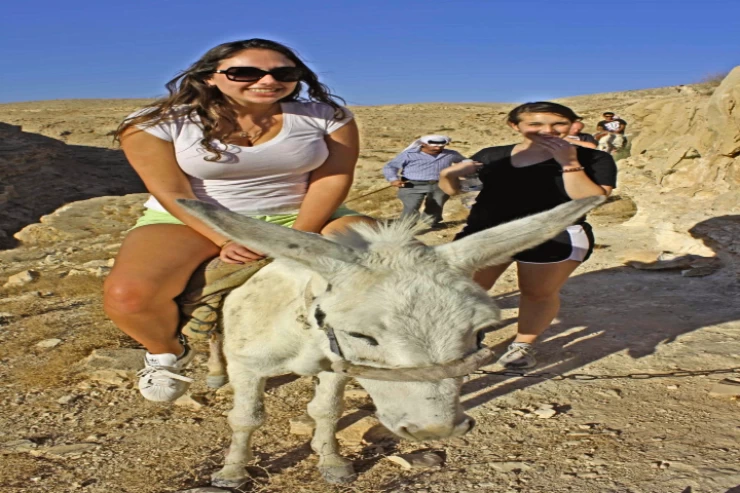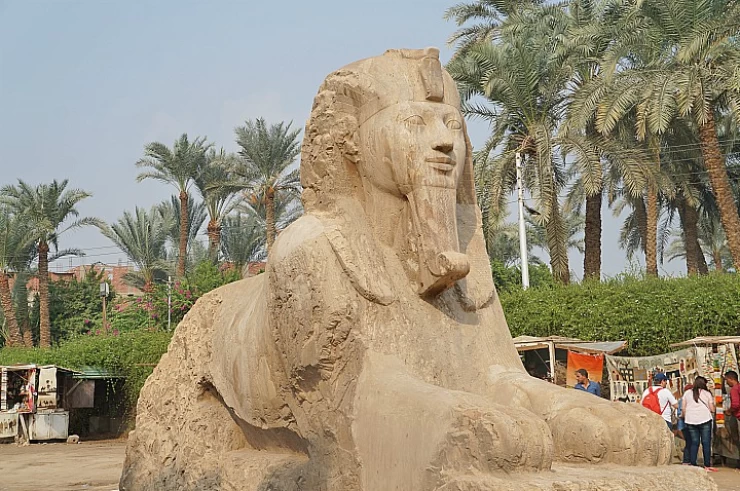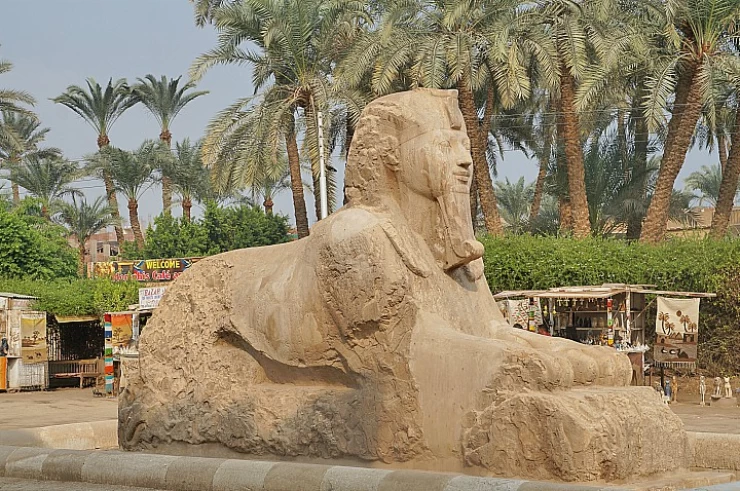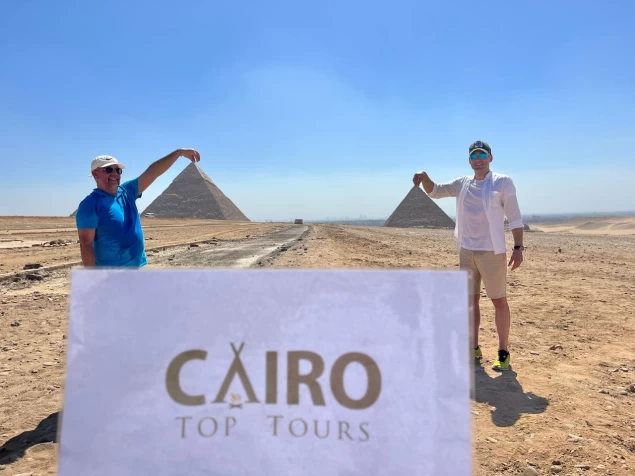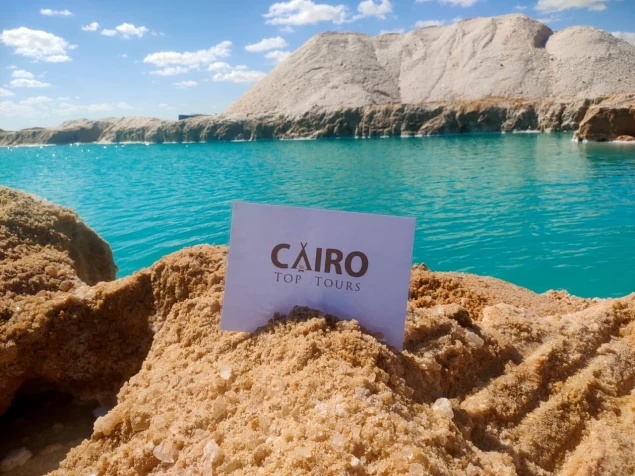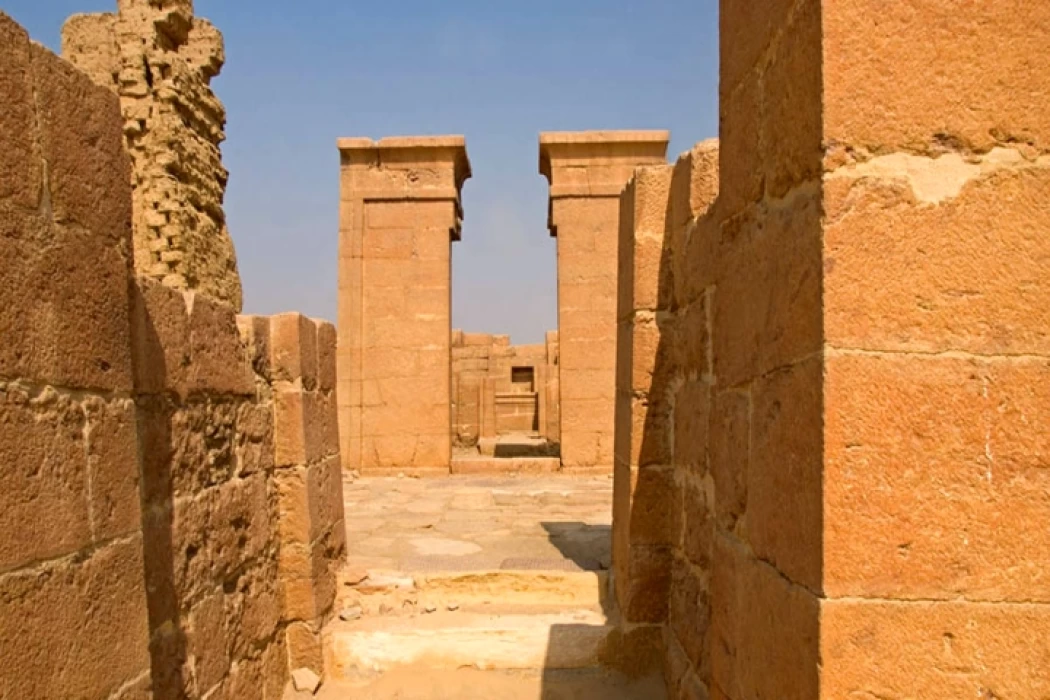
Discover the Karanis Site Museum | Karanis Open Air Museum
The archaeological city of kranis in Fayoum governorate is located in the KOM osheim area on Cairo Fayoum Road at Kilo 70. which is one of the Greco-Roman villages established by Ptolemy II and has an area of 800 meters wide, and the area of the residential city of kranis was about one kilometer from East to West and about 800 m from North to the eastern neighborhood and was famous for several streets, including the Royal Street, was revealed by the excavations of the mission of the Faculty of Arts barley, dates, olives and fruits are in abundance.
Ahmed Hassan Mustafa, an antiquities inspector in the Fayoum Antiquities area, says: The city of kranis Kom osheim has a temple built in the first century AD and there is a large basin outside the temple that was used to raise crocodiles, then the temple, which begins with a longitudinal hall, with a set of rooms on the North and south sides, and with stairs to climb to the upper floor, which is now completely extinct, there is a transverse Hall before the Holy of Holies that was used to place mummified crocodiles, then the Holy of Holies, which is a large place "terrace" used to place the mummified statue and on both sides of the room there was a set of rooms used to store things the temple was used to worship the god Sobek, who was embodied in the form of The crocodile and its worship spread in Fayum from the beginning of the first dynasty until the end of the Roman era and the beginning of the entry of Christianity into Egypt.
He added that the Genoese and Northern temples are devoid of decorations and were built in the first century AD, and in the facade of the temple there is an inscription from the Roman governor of Egypt with the inscription from the Emperor Nero to the idol Sobek, in addition to there is another inscription in the gate next to the temple from the emperor vasfyan to the idol Sobek.
He pointed out that the city of kranis was built in the third century BC by King Ptolemy II and the aim of building it within a series of villages and cities to house Greek and Greek soldiers, and these villages and lands were granted to them in the Fayoum region, and kranis continued to prosper until the third century AD, then deteriorated as a result of problems with irrigation water reaching the village, and the irrigation water shrank until it disappeared completely.
He pointed out that the activity of the region was an agricultural colony for soldiers who had been terminated from their service and each of them received a piece of land as a reward for him, and the most famous plantations were olives and crops, and in the agricultural museum there are the remains of pressed olives in the kranis area.
Sayed El Shoura, Director General of Fayoum Antiquities, said that the first excavations in this city began in 1895 for the archaeologist hunt, and then the Michigan expedition conducted excavations in the period from 1914 to 1935, and an expedition from the Faculty of arts of Cairo University conducted excavations and excavations in kranis in 1968, and the expedition found in the city huge numbers of coffins and houses of stone, pottery pots of burnt clay, statues of some Gods, some stone and wood Mills, polished pottery dishes, household utensils, jars for storing grain, pots for storing water, and bronze tools such as awls, needles, and perforators And several decorated graves.
Al-Shura added that a stand-alone neighborhood was found at the far ends of the village from the north-west and South-East with a mill, a bakery and a grain store, as well as two bathrooms from the Roman era, pointing out that the city is now ruins of houses, which are built of adobe bricks and some have a stone foundation; it is characterized by being one-story, and each house is independent of the next, and there are no common walls between the houses, and the walls are still characterized by etching drawings of leaves and bunches of grapes, several grape presses and grain mills, and there are also many temples statues and new buildings where the southern temple.
The northern temple is located in the northern side of the city and is about two hundred meters away from the southern temple, which is a limestone building; its length is about 33.5 meters and width is about 10 meters and was dedicated to the temple of the territory "sukhos", and the temples were built of limestone unlike the city buildings, which were constructed of adobe bricks. There is also a coward's tomb located on a hill high above the ground and about 2 kilometers north of Umm Al-Athal, and its tombs are divided into types, including pits, which are built of adobe bricks, and another type carved into the rock, and its shape is round.







